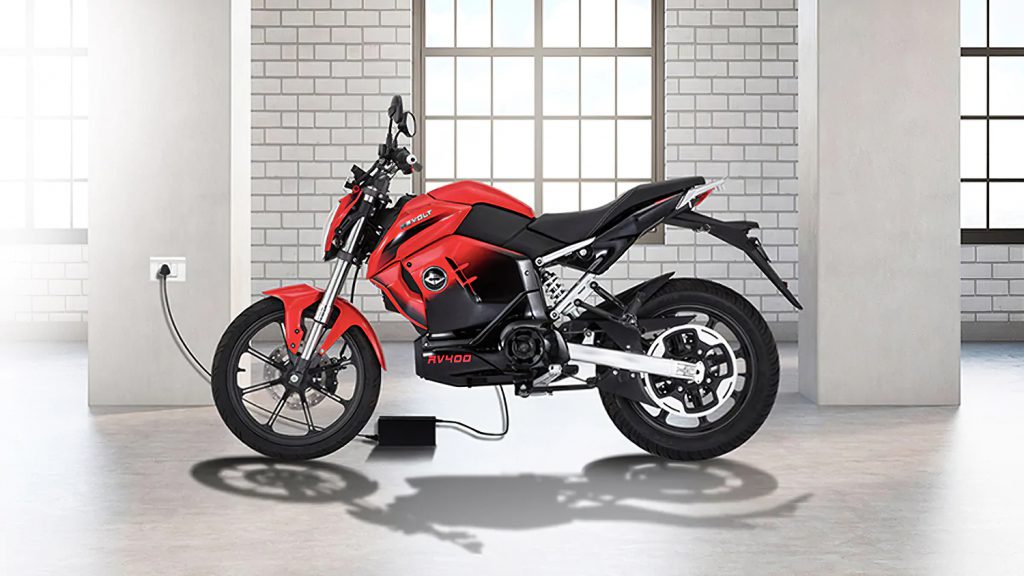What are the major factors stimulating often overlooked electric motorcycles & scooter market growth? Â

Source: Revolt Motors
By Saipriya Iyer
The electric motorcycles & scooter market is expected to generate sizeable revenue proceeds over the forthcoming years on account of escalating demand for EVs worldwide. Surging concerns over carbon emissions and their harmful effects on human health has boosted the adoption of eco-friendly e-bikes.
These vehicles can significantly help lower harmful emissions like carbon monoxide (CO), nitrogen oxide (NOx), and carbon dioxide (CO2), curbing air pollution in a long run. As a result, governments across the world have begun to impose stern vehicular emission norms that could drive large-scale adoption of electric vehicles for daily commute.
For instance, countries like China, Canada, India, and the U.S. are promoting the adoption of e-mobility by offering lucrative incentives, subsidies, and grants. While companies like Pedego Electric Bikes, Gogoro, and Segway are looking to form strategic partnerships with ride-hailing firms to expand and diversify their business operations. Considering these aspects, Global Market Insights, Inc., predicts that the electric motorcycles and scooters market size might surpass US$40 billion by the year 2026.
This would represent global electric motorcycles and scooters shipments in 2026 of around 37 million units.
How has the COVID-19 pandemic impacted the electric motorcycles and scooters industry?
As countries worldwide are required to impose nationwide lockdowns and strict social distancing measures to curb the spread of the coronavirus, several automakers are compelled to temporarily shut down their production facilities to ensure employee safety.
Shortage of labor and raw materials and restrictions on public movement has severely impacted the production capabilities of EV manufacturers. Moreover, growing inclination towards purchasing essential goods is likely to hinder the sales of electric scooters and motorcycles.
Why are electric motorbike companies expanding across APAC?
Asia Pacific is considered to be a promising market for electric vehicle companies owing to heavy demand for environmentally friendly transportation alternatives and growing concerns over increasing levels of carbon emissions. The region has seen a tremendous rise in the emergence of multiple electric motorcycle and scooter manufacturers, including Ultraviolette Automotive Pvt. Ltd. and Emflux.
Meanwhile, renowned automakers in the region have started to develop electric versions of their existing vehicle variants. Citing an instance, India’s prominent motorcycle company, Bajaj Auto stepped into the EV sector when it launched an electric version of its Chetak scooter across specific Indian cities in January 2020.
What are the key business strategies adopted by electric bike companies?
Companies operating in the electric motorcycle and scooter market are constantly working on forming strategic alliances with technology providers and other companies to improve their product’s performance and specifications. Manufacturers are also focusing on integrating new and advanced technologies in their latest offerings that improve overall riding experience for owners.
In August 2019, for example, Revolt Intellicorp unveiled India’s first AI-enabled fully-electric motorcycle, the RV400 and RV300. The manufacturer has integrated artificial intelligence in its bikes to enhance overall performance and rider safety.
